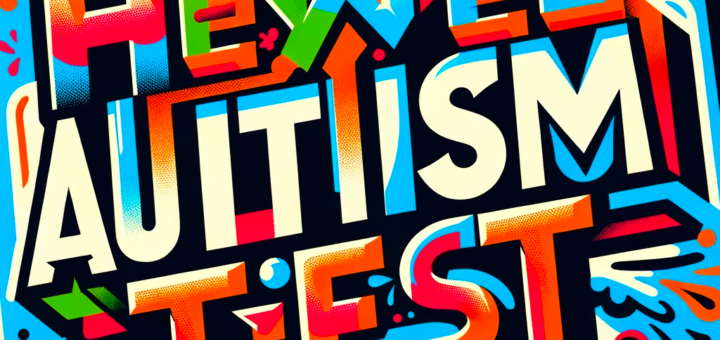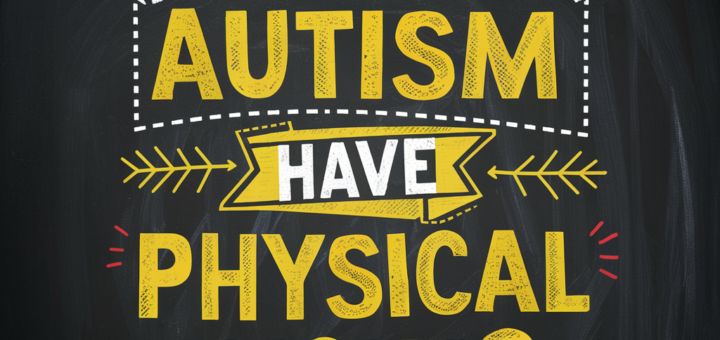The Autism Test: A Deep Dive into Why Adults Are Self-Identifying as Autistic & What It Really Means
Have you ever felt fundamentally “different” from your peers? Do you find yourself exhausted after a simple social gathering? Do small changes to your routine feel like a major disruption? If you’ve typed “autism...







